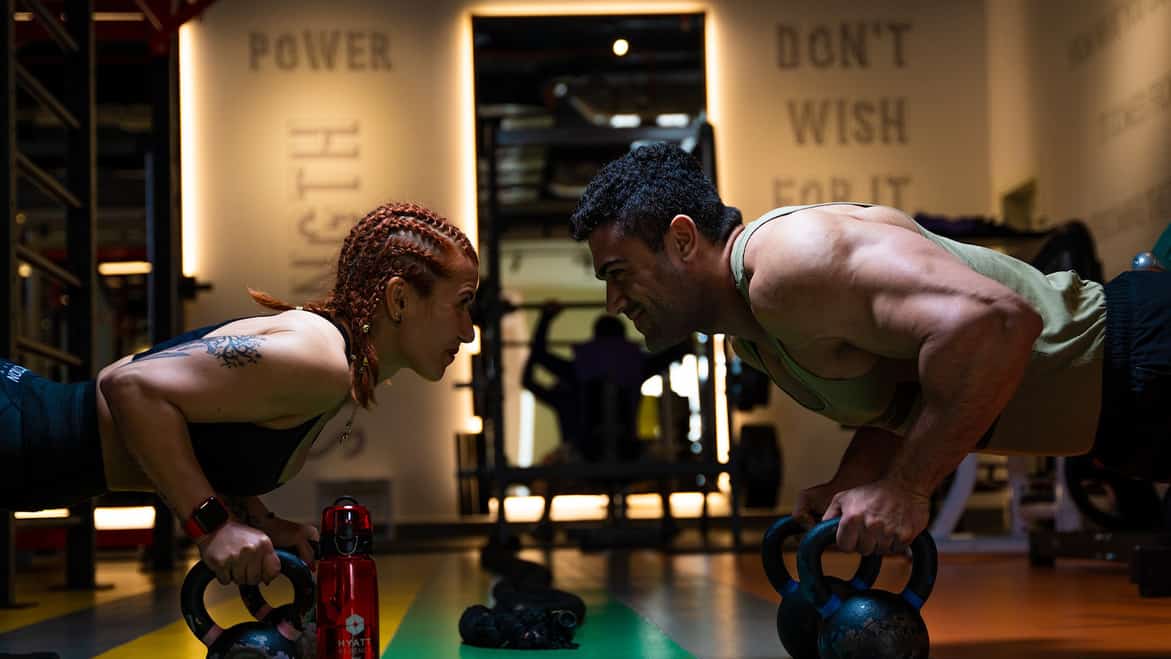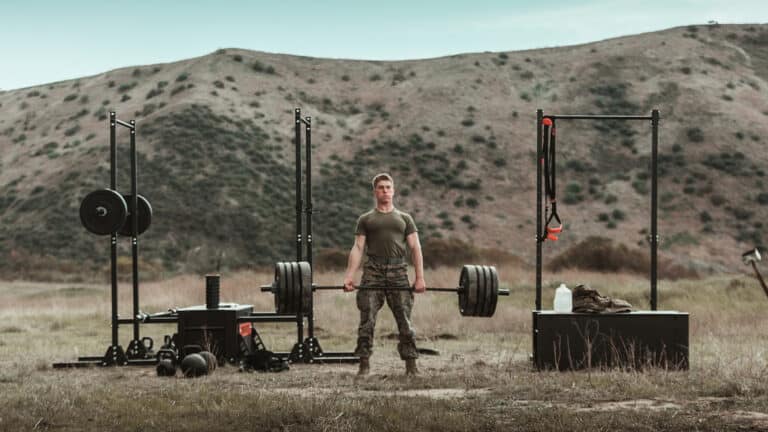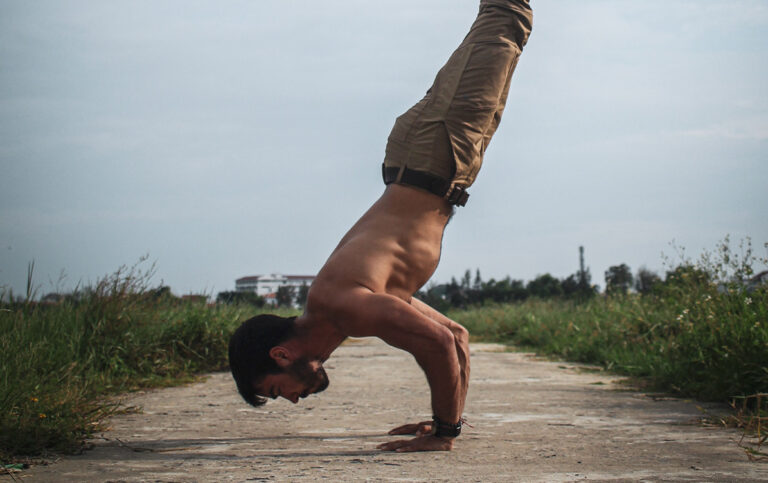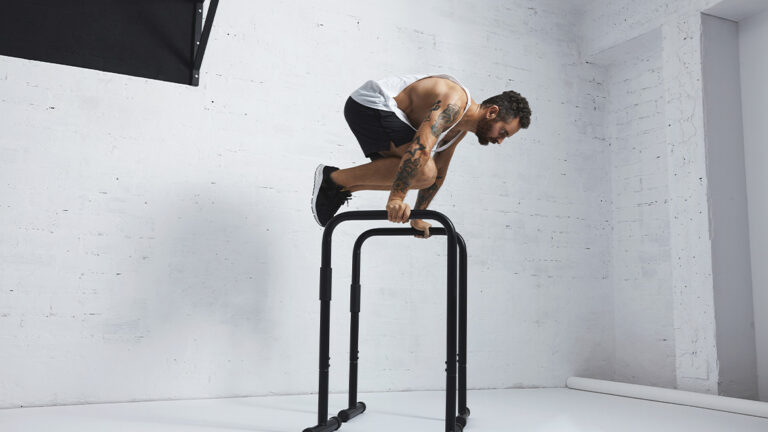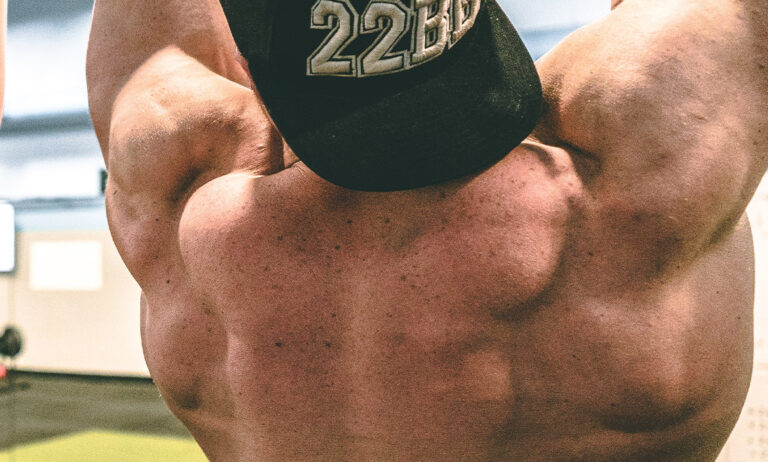Weighted Calisthenics: Best Exercises and Techniques
Weighted Calisthenics: Best Exercises and Techniques
Enhance Your Calisthenics Routine with the Power of Weights and calculate your one rep max.
Introduction
Calisthenics is a dynamic form of strength training that relies on the body’s weight for resistance. It’s a fitness approach that has been embraced by countless individuals looking to build strength, muscle, endurance, and coordination. In this article, we will delve into the world of weighted calisthenics, where we combine traditional bodyweight exercises with added resistance to unlock new levels of strength and performance.
The Origins of Calisthenics
Before we dive into the world of weighted calisthenics, let’s take a moment to appreciate the roots of this fitness discipline. Calisthenics training can be traced back to ancient Greece and experienced a resurgence in the early 19th century. Fast forward to the present day, and it has become a staple in the fitness routines of many enthusiasts worldwide.
Best Tools for Weighted Calisthenics and weighted exercises
Weighted calisthenics introduces additional challenges to your routine, and having the right tools is crucial. Here are some of the best equipment options:
1. Weighted Vests
Weighted vests are highly effective for adding resistance to your calisthenics workouts. They distribute weight evenly, making exercises more challenging. These vests typically hold between 15-30 kilograms and can be customized with additional weight pouches, sandbags, or metal blocks.
2. Ankle Weights
Ankle weights are excellent for beginners, particularly for ab-focused exercises. However, they are less versatile for compound movements like pull-ups due to their shape.
3. Weight Bags
To intensify lower-body workouts in calisthenics, consider using a weight bag. Exercises like squats, lunges, and deadlifts can benefit greatly from this equipment.
4. Weight Plates
Although not typically associated with calisthenics, weight plates can be a valuable addition. They offer versatility, allowing you to incorporate them into various exercises to increase difficulty.
5. Dip Belts
Dip belts are essential for attaching weight plates to exercises such as parallel bar dips, pull-ups, and deficit sumo squats.
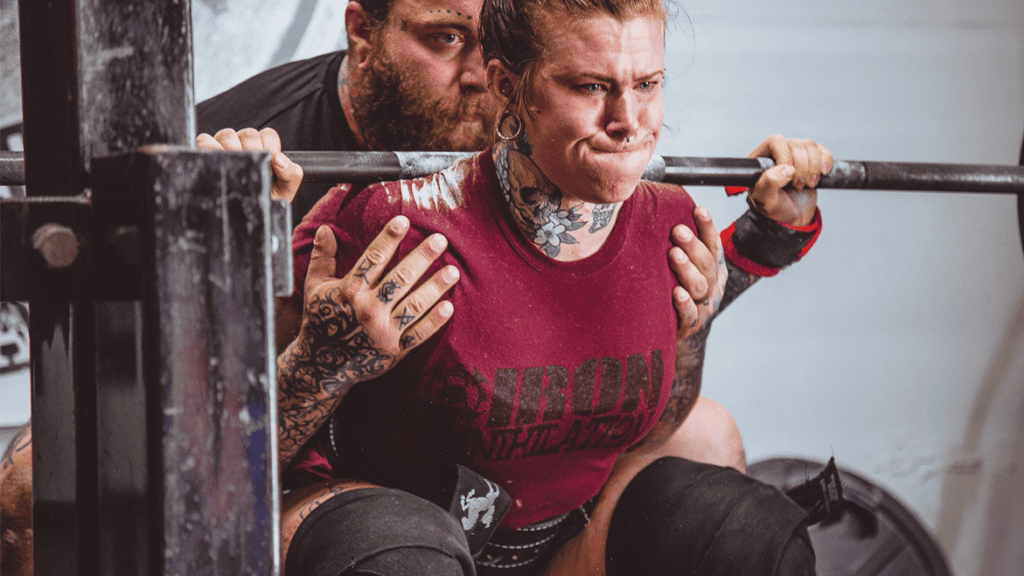
Weighted Calisthenics, Best Exercises
Now, let’s explore some of the best exercises for incorporating weights into your calisthenics routine. These exercises are not only effective but also versatile in targeting multiple muscle groups.
1. Dips
Dips are a foundational exercise in calisthenics, and adding resistance enhances their muscle-building potential. You can use a dips belt, weighted vest, or ankle weights to increase the challenge.
Pro Tip: Adjust your form to target different muscle groups, leaning forward to emphasize the chest or keeping a neutral grip to focus on the triceps.
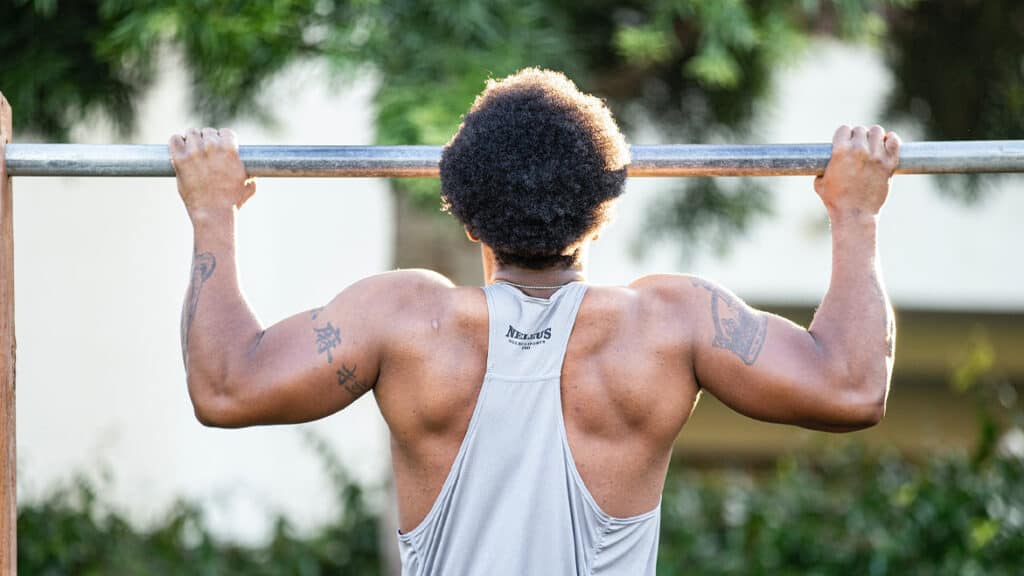
2. Pull-Up
Pull-ups engage nearly all upper body muscles and become even more effective with added resistance. Employ dips belts, weighted vests, or ankle weights to intensify this compound movement.
Pro Tip: Experiment with various grips to target different parts of your back and ensure a full range of motion.
3. Chin-Up
Chin-ups, with an underhand grip, are another excellent exercise for upper body strength. As with pull-ups, you can enhance their effectiveness by using dips belts, weighted vests, or ankle weights.
Pro Tip: Focus on squeezing your biceps at the top of the movement to maximize gains.
4. Push-Up
Push-ups are a versatile chest exercise in calisthenics. Opt for a weighted vest or weight plates on your back to increase the challenge.
Pro Tip: Train to failure with a weight plate, then continue without it to push your muscles to the limit.
5. Muscle-Up
Muscle-ups are advanced calisthenics exercises that combine pull-ups and dips. Adding weights with a vest or ankle weights makes them even more challenging.
Pro Tip: Control your negatives for better results and muscle engagement.
6. Pelican Curl
The pelican curl targets the biceps effectively. This exercise is best for those who have mastered the bodyweight version and are ready for added resistance using a weighted vest.
Pro Tip: Maintain a full range of motion for optimal muscle activation.
Weighted Calisthenics Workouts and best exercises
To structure your weighted calisthenics routine, consider these workout templates. These routines provide a balanced approach to building strength and muscle.

Weighted Calisthenics Workout #1
- Dips: 3 sets to failure (1-minute rest)
- Chin-Up: 3 sets to failure (1-minute rest)
- Muscle-Up: 3 sets to failure (1-minute rest)
- Squat: 3 sets to failure (1-minute rest)
- Lunge: 3 sets to failure (1-minute rest)
- Plank: 3 sets to failure (1-minute rest)
- Leg Raise: 3 sets to failure (1-minute rest)
Weighted Calisthenics Workout #2
- Pull-Up: 3 sets to failure (1-minute rest)
- Push-Up: 3 sets to failure (1-minute rest)
- Pelican Curl: 3 sets to failure (1-minute rest)
- Pistol Squat: 3 sets to failure (1-minute rest)
- Dead Hang: 3 sets to failure (1-minute rest)
- Crunch: 3 sets to failure (1-minute rest)
- Russian Twist: 3 sets to failure (1-minute rest)
Benefits of Weighted Calisthenics
Weighted calisthenics offers numerous advantages for those seeking to enhance their fitness journey:
- Build Muscle Mass: The added resistance stimulates muscle growth, allowing for greater gains in muscle size and definition.
- Gain Strength: Weighted calisthenics helps increase overall strength and power, pushing your limits with each workout.
- Break Through Plateaus: If you’ve hit a training plateau, incorporating weights can provide the stimulus needed to make progress.
- Strengthen Joints: Weight training not only builds muscles but also supports joint, cartilage, and bone health.
Disadvantages of Weighted Calisthenics
While weighted calisthenics offers many benefits, it’s essential to be aware of potential drawbacks:
- Ego Lifting: Some individuals may compromise form and safety when using weights in calisthenics, aiming to lift heavier for bragging rights.
- Cost: Acquiring the necessary equipment for weighted calisthenics can be expensive compared to traditional bodyweight exercises.
- Inconvenience: Carrying weights to outdoor training locations can be cumbersome, particularly if you’re accustomed to minimal equipment.
Making the Most of Weighted Calisthenics
To maximize the effectiveness of your weighted calisthenics routine, consider these strategies:
- Boost Training Intensity: Employ progressive overload by increasing weights and lowering reps progressively.
- Pump-Up Volume: Add more sets, reps, or exercises to stimulate muscle growth.
- Change Rep Tempo: Experiment with different rep tempos to optimize muscle engagement.
- Advanced Training Principles: Incorporate advanced techniques like supersets, drop sets, and rest-pause sets for continued progress.
Conclusion
Weighted calisthenics introduces a new dimension to your fitness journey. It allows you to push your body to greater limits, building strength, muscle mass, and resilience. However, like any form of exercise, it’s essential to approach it with caution and prioritize proper form over ego lifting.
As you progress in your weighted calisthenics journey, remember to continually challenge yourself with different techniques and exercise variations. This keeps your workouts interesting and ensures ongoing gains. Don’t shy away from incorporating advanced training principles into your routine to break through plateaus.
Now that you’re equipped with the knowledge of weighted calisthenics benefits, exercises, and workouts, it’s time to take action. But how do you know where to start with the added weight? That’s where the one-rep max (1RM) calculator comes in.
Generate Your One-Rep Max with Online Calculators
Calculating your one-rep max is a crucial step when incorporating weights into your calisthenics routine. It helps you determine the right amount of weight to use for various exercises, ensuring that you’re challenging yourself without overexerting.
Online one-rep max calculators are user-friendly tools that take the guesswork out of finding your 1RM. These calculators consider factors like your current strength level and the number of reps you can perform with a specific weight. By inputting this data, you can quickly generate your estimated one-rep max for different exercises.
One-Rep Max Calculator
Here’s how to use an online 1RM calculator:
- Enter Your Data: Input the weight you’ve been using for a specific number of reps. For instance, if you’ve been squatting 225 pounds for 5 reps, enter those values.
- Calculate: Click the calculate button, and the calculator will generate your estimated one-rep max based on the data you provided.
- Adjust Your Training: Armed with your 1RM estimates, you can tailor your weighted calisthenics workouts to match your current strength level. This helps you select the appropriate weights and progress steadily over time.
Remember that your 1RM can change as you become stronger, so it’s a good practice to periodically recalculate it to ensure your workouts remain effective.
Incorporating weights into your calisthenics routine can elevate your fitness game and lead to impressive gains. So, use online 1RM calculators to kickstart your journey into weighted calisthenics, and watch your strength and physique flourish.
FAQ (Frequently Asked Questions)
